How To Hide My Projector? (in A Ceiling, Behind A Wall, Table)
Video How to hide projectorA projector hanging from the ceiling is not a sight to behold – certainly not inside a house. Even if your personal space or home environment isn’t the most well-kempt, you would still not like to see a random projector hanging from the ceiling.Luckily, hiding a projector is not that difficult. And if the device is not affixed to your ceiling or wall, the need to hide the device doesn’t arise as you could easily move the projector to some discreet place after use.Reading: how to hide projectorWith fixed projectors, some work will be in tow. You just need to know how to do it and/or the setup ideal for your requirements and physical environment.This article will discuss the different ways to hide a projector – whether attached to a ceiling or stuck to a wall. Read through each of the techniques to ascertain which one works best for your needs.
Where Should I Place My Projector?
Contents
A projector can be affixed to a ceiling, placed on a stand, or positioned in a wall (temporarily or permanently).Placing the projector on a stand or wall shelf and using it from there is pretty easy compared to hooking up the device to your ceiling.This begs the following question.
Should You Attach a Projector to the Ceiling?
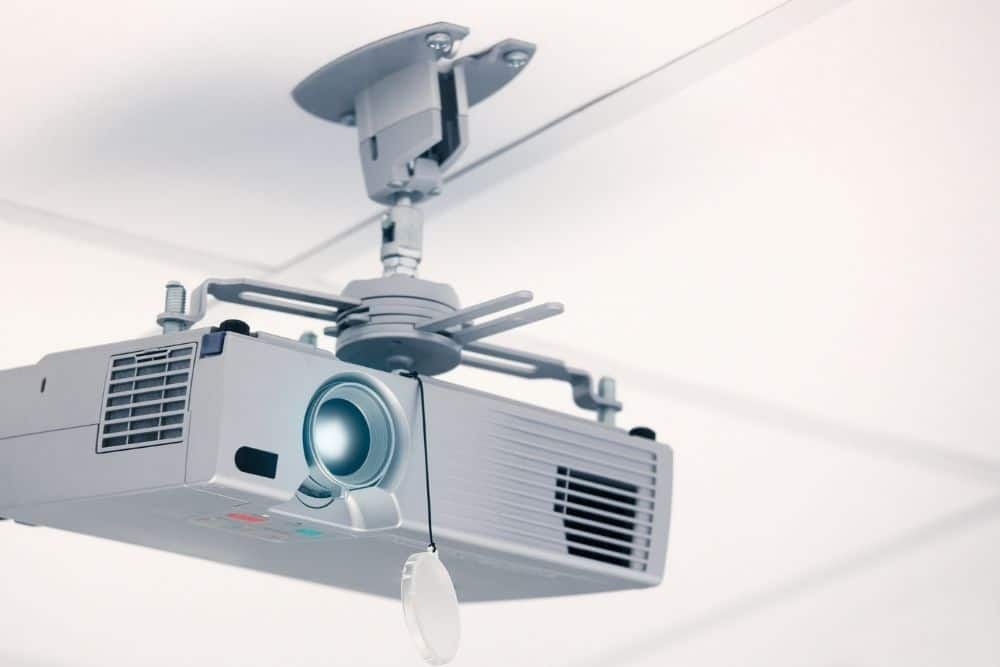
- A professional appearance for your home theater or entertainment room.
- Space savings since you won’t need a table/stand or wall space.
- You can position the projector nearer to the screen.
- Shadow casting or someone passing before the projector and causing the visuals to go blank for a split second would be a non-issue.
- Ventilation won’t be a concern as there’ll be proper airflow from all sides.
Projector manufacturers also consider mounting a projector natural. They, therefore, usually provide mounting plates in their product package itself.And since mounted projectors go upside down, the device’s menu selection affords the option to invert the image properly. That’s another tacit sign manufacturers believe it’s normal to mount projectors.
When to Not Mount a Projector?
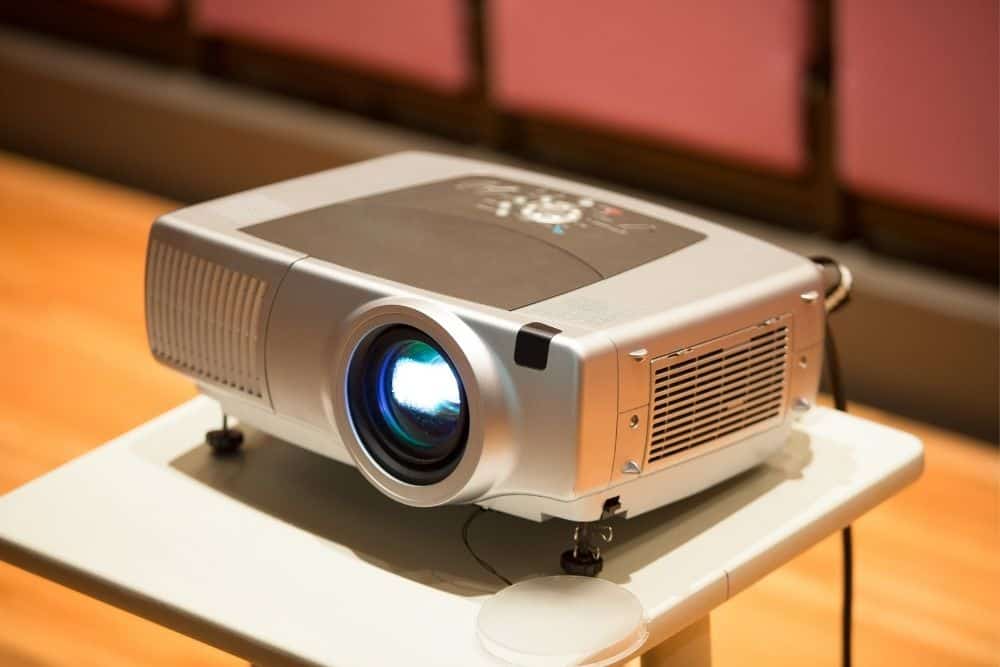
Other Things Determining Projector Placement
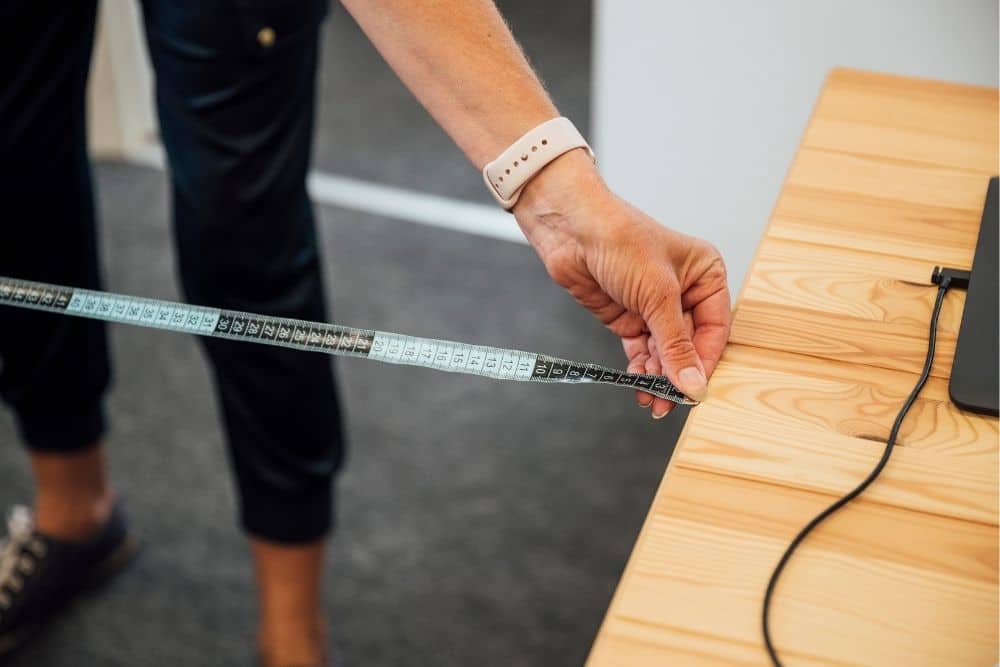
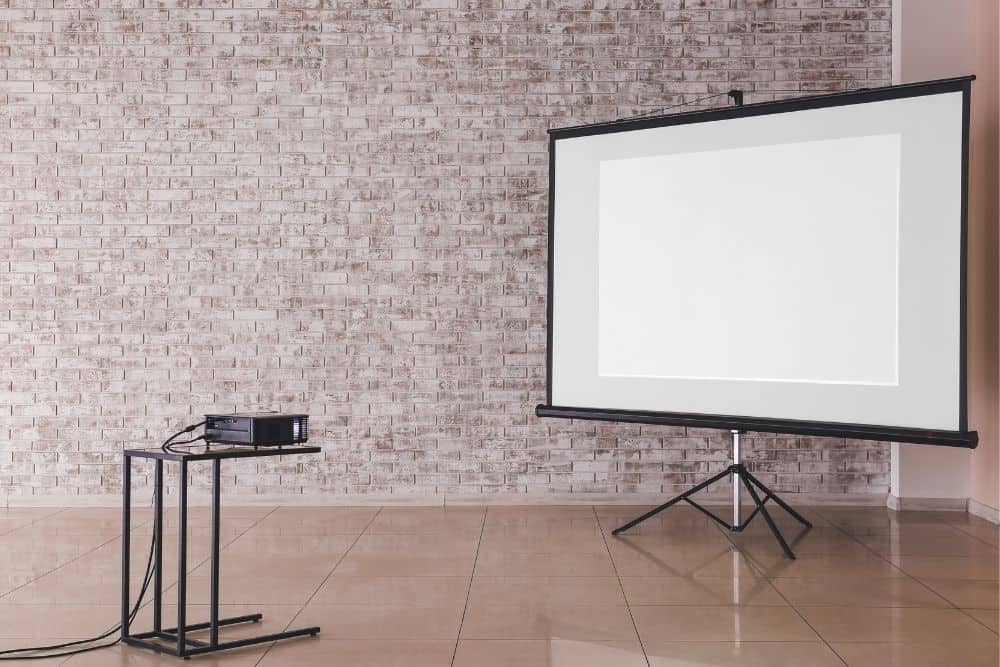
How to Hide a Ceiling-Mounted Projector
If you’ve considered your projector placement options and mounting the device to the ceiling grabs your fancy or suits your needs the best, you may want to hide the projector.Generally, projectors attached to the ceiling do not get hidden out of sight as standard. Concealing a ceiling-affixed projector is an optional design convenience you must opt for and spend time and money on additionally.A projector stuck to the ceiling can be hidden in different ways. Here are the various techniques:
A Custom-Made Soffit
Soffits are used to cover the displeasing features of a house while adding some decorative architectural elements to the space simultaneously. A soffit is essentially a box (typically wooden).Since a soffit can be used to hide pipes, wires, ducting, etc., it has no standard design. In other words, custom-design your projector soffit.Here is a fairly old but still relevant video that teaches how to make a soffit from scratch:For the right aesthetics, ensure the box conforms to the room’s design language.In other words, if your space has a “woody” vibe, ensure the box is wood too and the same kind. Even more important is to get the color right since you’d want the box to blend well with the ceiling.When done right, soffits look great. But make sure you address two potential concerns with the design.A projector runs hot. And if it sits inside the soffit during use, heat management will become an even bigger problem since a soffit covers the projector from the back, sides, and bottom.Placing cooling fans, therefore, becomes mandatory.Also, the soffit would need a trap door to access the projector for servicing or cleaning efficiently.
A Three-Pronged Approach
Another option is to cover the installed projector on three sides and open the front and bottom. The design may not convincingly hide the projector.On the upside, however, you won’t need cooling fans to keep the projector cool.Even if the air vents are rear-mounted, the bottom opening of the cover will render air circulation a lot more efficient.Just make sure there’s enough space between the projector and the rear wall for the hot air to bounce off and move out through the bottom.And due to the increased room to spare, the box will easily accommodate a larger projector whenever you make the upgrade.
Tuck It into the Ceiling
If you do not like the idea of an inactive projector being always in sight (albeit enclosed in a box), hiding the device into the ceiling is the only option.The setup also works like a charm for people who are more technologically inclined or fancy a projector hiding spot with an “electronic” twist – something that works like motorized projector screens.The setup would consist of a pedestal, a motorized mechanism, electrical power, and a hiding spot. Electrical power is needed to drive the lift’s motor.Here is a video showing how it’s done and the tools needed:Though extremely elegant and clandestine when set up well, the implementation is both pricey and labor-intensive. And that’s whether you opt for a ready-to-use motorized lift or build one yourself.And because the projector is inside the ceiling entirely when the platform ascends, the roof must have enough room to accommodate the projector housing. As stated earlier, that’s where an attic comes into play. The actual amount of space needed would vary with your projector size.Not to mention, proper ventilation and cooling systems should be in order too.
Hiding a Projector Not Attached to the Ceiling
As mentioned above, the need to hide a projector not affixed to anything doesn’t arise since you can always grab the device and hide it in place after use.But if you’d like to not attach your projector to the ceiling (for any of the reasons mentioned earlier) and still want to conceal the device, look at these workarounds.
Projector Cabinet
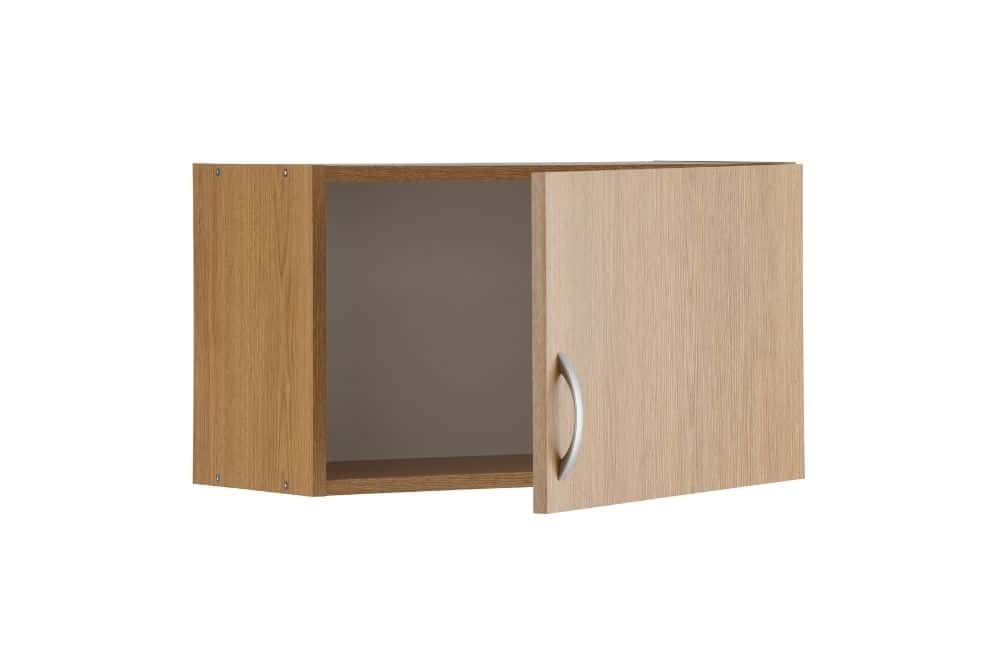
The Movie Theater Approach
If there’s space behind the room’s back wall, such as unused space, place your projector there. The arrangement is similar to how things work in the theaters. The whole unit gets hidden, except for the lens.The hole can be carved out as per the projector lens’s size or the device’s positioning inside so that the lens can shine through.If the wall is relatively thin, a circular opening commensurate to the size of the lens would be good enough.If the projector is set in deeper, cut out a larger hole to ensure the rays do not ricochet off the hole’s inner walls and sabotage the visual output.
How Can I Hide My Projector in My Bedroom?
All of the methods mentioned above to hide a projector will work in your bedroom. Choosing one of the techniques boils down to how ample the space is and your preferences.Hiding the projector behind the back wall is the best technique, provided there’s space behind the wall.Hanging a project from your ceiling is not recommended as you don’t want to see the projector or its housing when lying on the bed. Not to mention, an affixed projector will not look good in any bedroom, even if it’s well-concealed.Another thing, projectors aren’t commonly used in bedrooms. A 55-inch TV is typically used. Why exactly 55-inch? Because it’s not too small and not very big.So, if you can, get a TV and use a projector in the living room and/or your man cave or she-shed.
How Do You Hide a Short Throw Projector?
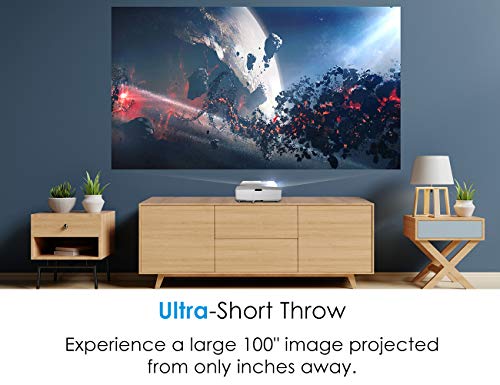
How Do You Hide the Power Cord on a Projector?
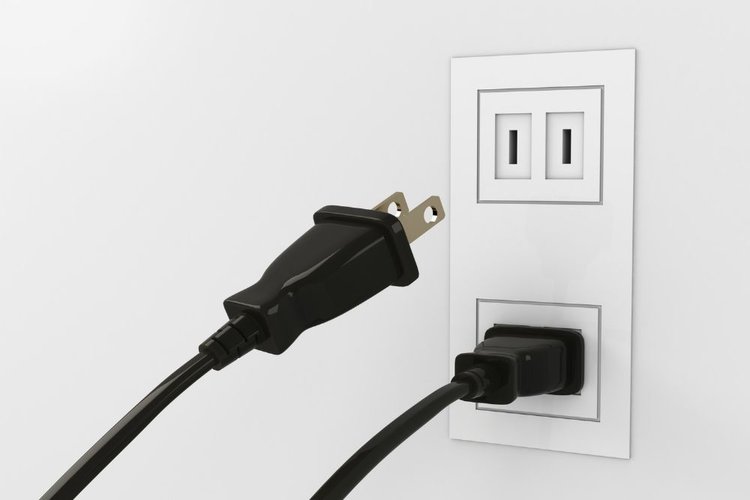
- Masking the wire with cord cover.
- Tucking in the cord behind crown molding.
- Running the cables through the wall or ceiling.
- Using your furniture, shades, etc., as cover.
Click on the link above to learn in greater detail how those various methods can be employed.
Conclusion

Last, Wallx.net sent you details about the topic “How To Hide My Projector? (in A Ceiling, Behind A Wall, Table)❤️️”.Hope with useful information that the article “How To Hide My Projector? (in A Ceiling, Behind A Wall, Table)” It will help readers to be more interested in “How To Hide My Projector? (in A Ceiling, Behind A Wall, Table) [ ❤️️❤️️ ]”.
Posts “How To Hide My Projector? (in A Ceiling, Behind A Wall, Table)” posted by on 2021-11-12 17:57:31. Thank you for reading the article at wallx.net





